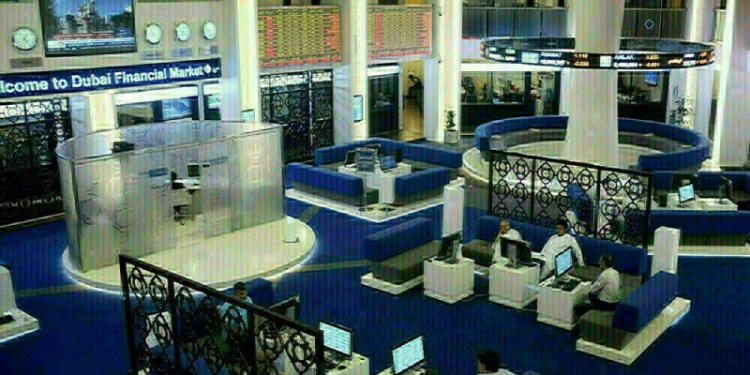
© Reuters. FILE PHOTO: A worker moves products during Cyber Monday at the Amazon’s fulfillment center in Robbinsville, New Jersey, U.S., November 27, 2023. REUTERS/Mike Segar/File Photo
ALVG
+0.68%
Add to/Remove from Watchlist
Add to Watchlist
Add Position
Position added successfully to:
Please name your holdings portfolio
Type:
BUY
SELL
Date:
Amount:
Price
Point Value:
Leverage:
1:1
1:10
1:25
1:50
1:100
1:200
1:400
1:500
1:1000
Commission:
Create New Watchlist
Create
Create a new holdings portfolio
Add
Create
+ Add another position
Close
By Lucia Mutikani
WASHINGTON (Reuters) – U.S. job growth accelerated in November while the unemployment rate fell to 3.7%, signs of underlying labor market strength that suggested financial market expectations of an interest rate cut early next year were probably premature.
The Labor Department’s closely watched employment report on Friday, however, did not change views that the Federal Reserve’s rate-hiking cycle was complete as annual wages rose moderately last month. Inflation has been cooling in recent months.
The drop in the jobless rate from a nearly two-year high of 3.9% in October alleviated fears that the economy was close to tipping into recession. The U.S. central bank is expected to keep rates unchanged next Wednesday.
“This was a relatively healthy report and will help to push back some of the excitement around imminent and aggressive rate cuts,” said Richard de Chazal, macro analyst at William Blair in London.
Nonfarm payrolls increased by 199,000 jobs last month after rising by an unrevised 150,000 in October, the Labor Department’s Bureau of Labor Statistics said. Economists polled by Reuters had forecast 180,000 jobs created.
Still, the labor market is cooling. The economy added 35,000 fewer jobs in September than previously estimated. November’s employment gains were below the monthly average of 240,000 over the past year. Nonetheless, payroll gains are well above the 100,000 jobs per month needed to keep up with growth in the working age population. Employment was in part boosted by the return of automobile workers and actors after strikes.
The healthcare sector led the almost broad increase in payrolls, adding 77,000 jobs, most of which were in ambulatory services as well as at hospitals, nursing and residential care facilities. Government payrolls jumped by 49,000 jobs, boosted by local government hiring.
Manufacturing employment increased by 28,000 jobs, with motor vehicles and parts jobs rising 30,000 as members of the United Auto Workers (UAW) union returned to work after striking against Detroit’s “Big Three” car makers.
Leisure and hospitality payrolls advanced 40,000, driven mostly by hiring at restaurants and bars. Employment in the motion picture and sound recording industries increased by 17,000 jobs, largely as labor disputes were resolved.
But retail employment fell by 38,000 jobs amid declines at department stores as well as furniture, home furnishings, electronics and appliance outlets. Some economists attributed the drop to issues adjusting the data for seasonal fluctuations.
The transportation and warehousing industry shed 5,000 jobs. Temporary help, a harbinger for future hiring, resumed its downward trend, with 13,600 positions lost.
Financial markets lowered their bets of a rate cut in March. Traders saw higher odds of cut in May. Most economists continued to believe that the Fed would start easing monetary policy in the second half of 2024 as inflation subsides.
Those hopes were kept alive by the University of Michigan’s survey on Friday, which showed consumers’ 12-month inflation expectations plunged to 3.1% in December, the lowest reading since March 2021, from 4.5% in November.
The Fed has raised its policy rate by 525 basis points, to the current 5.25%-5.50% range, since March 2022.
Stocks on Wall Street were trading higher. The dollar rose against a basket of currencies. U.S. Treasury prices fell.
NO RECESSION
“A fully employed economy means that consumers can keep spending and that dynamic should lead to economic growth and not a contraction, which so many people have been calling for, for so long,” said Chris Zaccarelli, chief investment officer at Independent Advisor Alliance in Charlotte, North Carolina.
Details of the smaller household survey from which the unemployment rate is derived were equally upbeat. Household employment surged by 747,000 jobs last month, more than absorbing the 532,000 new entrants to the labor market.
The labor force participation rate, or the proportion of working-age Americans who have a job or are looking for one, rose to 62.8% from 62.7% in the prior month. Fewer people were experiencing long bouts of unemployment in November, with the number declining by 132,000 to 1.150 million.
The number of people working part-time for economic reasons decreased 295,000 to 3.988 million. The employment-to-population ratio, viewed as a measure of an economy’s ability to create employment, increased to 60.5% from 60.2% in the prior month.
The rise in labor supply could over time help to tamp down wage inflation. Average hourly earnings increased 0.4% last month after gaining 0.2% in October. That kept the annual increase in wages at 4.0% in November. Still, wages are rising too fast to lower inflation to its 2% target.
Americans worked longer hours last month, which bodes well for the economy’s growth prospects in the fourth quarter, with gross domestic product estimates currently below a 2% annualized rate. The economy grew at a 5.2% pace in the third quarter.
The average workweek rose to 34.4 hours from 34.3 hours in October. Aggregate weekly hours increased 0.3%, more than reversing the prior month’s 0.2% drop.
“This is a strong indicator that fourth-quarter GDP prospects will improve when November data are incorporated,” said Chris Low, chief economist at FHN Financial in New York.
Source: Investing.com


























